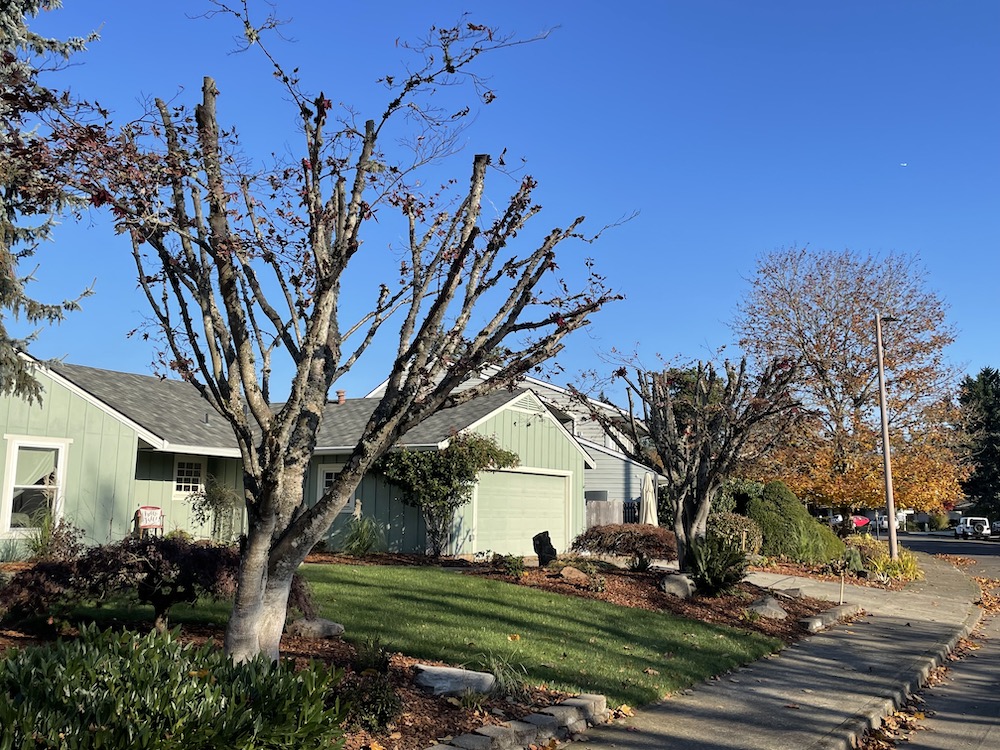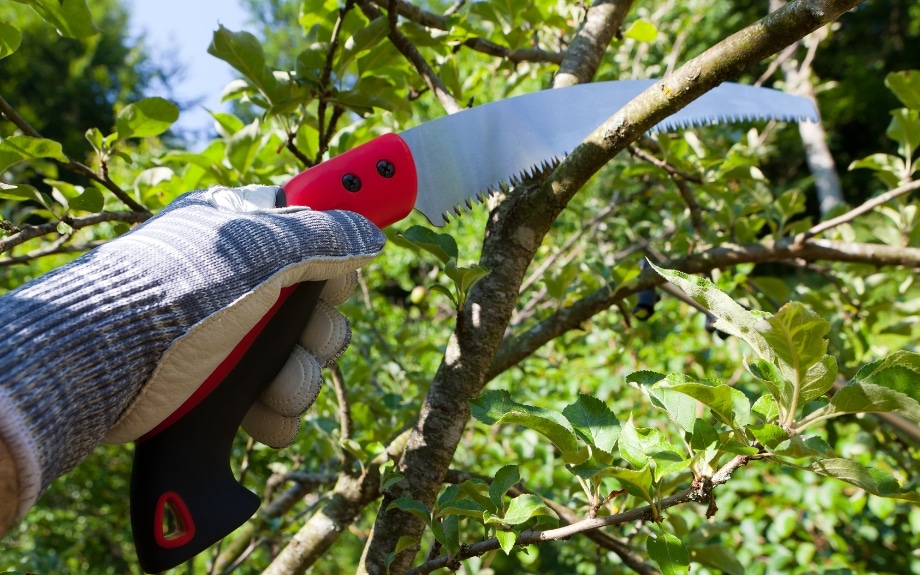Tree Pruning Examples: A Guide to Healthier, Happier Trees
Introduction to Tree Pruning
Tree pruning might sound like a simple gardening task, but it’s actually an essential practice for the health and beauty of trees. By carefully removing specific parts of a tree, you can promote healthier growth, improve its shape, and even increase the tree’s longevity. Let’s explore why pruning matters, common techniques, and examples of tree pruning that can help you get the most from your trees.
Why Pruning Matters for Trees
Pruning isn’t just about keeping trees looking nice; it plays a critical role in their health and safety. Removing dead or diseased branches allows nutrients to reach healthy parts of the tree, while shaping helps prevent damage from wind and weight stress.
Overview of Tree Pruning Benefits
Enhances the tree’s natural shape
Promotes growth and productivity
Prevents and controls diseases
Increases the safety of surrounding areas
Understanding Tree Pruning Techniques
Overview of Basic Pruning Techniques
There are various methods, each with a specific purpose. Pruning approaches depend on factors like tree type, desired shape, and health requirements.

Structural vs. Maintenance Pruning
Structural pruning is for young trees, focusing on establishing a strong framework. Maintenance pruning, meanwhile, is for mature trees to maintain health and aesthetics.
When to Prune Your Trees
Best Seasons for Pruning
The timing of pruning can have a huge impact on a tree’s health. Generally, late winter and early spring are the best times for most tree types.
Factors Influencing Pruning Times
Consider the species of the tree, local climate, and the tree’s current health status. For example, spring-blooming trees should be pruned right after they flower.
Tree Pruning Examples by Type
Deciduous Trees Pruning
Deciduous trees, such as maples and oaks, benefit from regular thinning to improve air circulation and reduce disease.
Evergreen Trees Pruning
Evergreens need careful pruning to maintain their natural form, often only requiring removal of dead or damaged branches.
Fruit Trees Pruning
Pruning fruit trees, like apple and cherry, encourages larger, healthier fruits and prevents branches from becoming too heavy.
Ornamental Trees Pruning
Ornamental trees often require shaping to keep their aesthetic appeal. Prune them to maintain size and showcase their natural structure.
Types of Tree Pruning Cuts
Heading Cuts
Used to shorten branches, helping to direct new growth and keep the tree’s shape balanced.
Thinning Cuts
Thinning removes entire branches back to the main trunk, allowing more sunlight to reach interior branches.
Reduction Cuts
This reduces the tree’s height, making it ideal for trees that risk contact with power lines or buildings.
Removal Cuts
Removal cuts are for completely eliminating dead or diseased branches, keeping the tree healthy and safe.
Tree Pruning for Different Objectives
Pruning for Aesthetics
Trees are often pruned to enhance their appearance. This approach helps them look tidy and allows you to shape them in a pleasing way.
Pruning for Health and Safety
Removing hazardous branches can prevent accidents and make the area safer.
Pruning for Growth and Production
For trees like fruit trees, pruning can increase the quality and quantity of the yield.
Tools for Effective Tree Pruning
Essential Tools for Beginners
Basic tools like pruning shears, loppers, and hand saws are great for beginners.
Advanced Tools for Professional Pruning
For larger trees or more complex cuts, professionals might use pole pruners, chainsaws, and specialized equipment.
Safety Measures in Tree Pruning
Safety Gear and Preparation
Wear gloves, goggles, and helmets to protect yourself from potential injuries.
Handling Pruning Tools Safely
Always keep tools sharp, and use them according to safety guidelines to prevent accidents.
Tree Pruning Examples for Common Issues
Removing Dead or Diseased Branches
Cutting off unhealthy parts of the tree prevents disease spread and makes room for new growth.
Pruning for Shape and Form
Selective cutting helps achieve a balanced, appealing look, whether for visual appeal or to prevent overcrowding.
Addressing Structural Problems
Prune away competing branches that cross or rub against each other to promote a strong structure.
Tree Pruning for Disease Management
How Pruning Helps Prevent Disease
By removing branches that are close to each other, you improve air circulation and reduce the risk of fungal infections.
Examples of Pruning Techniques for Disease Prevention
Thinning cuts and removal cuts are effective methods for keeping the tree healthy.
Common Mistakes to Avoid in Tree Pruning
Over-Pruning and Its Consequences
Over-pruning can cause stress to the tree, making it more susceptible to diseases and pests.
Ignoring Tree Growth Patterns
Pruning against the natural growth can harm the tree and lead to weak branch structures.
Tree Pruning and Environmental Considerations
Sustainable Pruning Practices
Prune thoughtfully, avoiding unnecessary cuts to reduce waste and maintain the natural growth patterns.
The Importance of Tree Health for the Ecosystem
Healthy trees contribute to cleaner air, better soil, and more biodiversity, highlighting the importance of responsible pruning.
Hiring a Professional vs. DIY Pruning
When to Call in the Experts
For large or complex trees, hiring professionals can ensure that the job is done safely and effectively.

Cost and Benefits of Professional Pruning
While it may cost more upfront, professional pruning can lead to healthier trees and prevent costly issues later.
Step-by-Step Tree Pruning Guide
How to Begin and Complete a Pruning Job
Start by assessing the tree’s health and structure. Strategically map out your cuts and take your time, trimming just a small portion with each step.
Tips for Beginner Pruners
Take it one branch at a time, stay safe, and don’t be afraid to ask for help or advice.
Conclusion and Final Thoughts
Pruning trees might appear daunting at first, yet with the proper understanding and methods, it transforms into a straightforward and fulfilling endeavor. By understanding the different pruning approaches, you can ensure that your trees stay healthy, safe, and beautiful.
